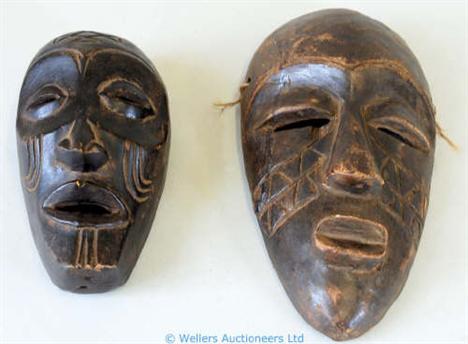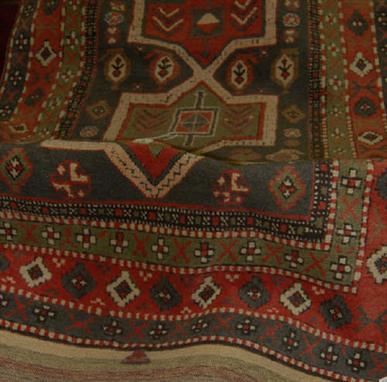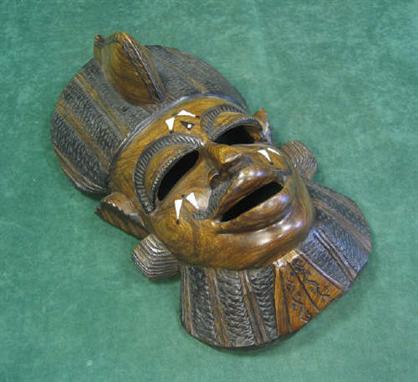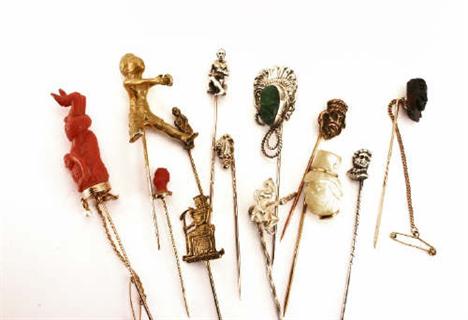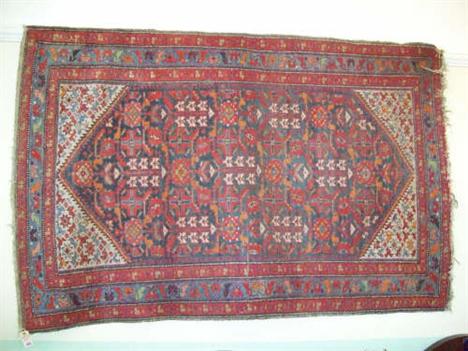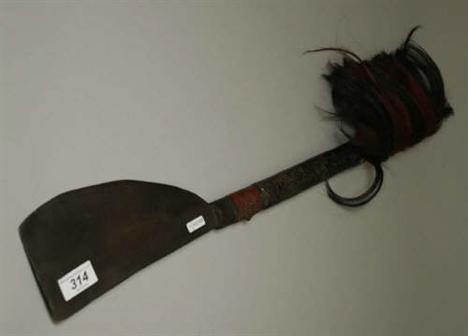We found 33311 price guide item(s) matching your search
There are 33311 lots that match your search criteria. Subscribe now to get instant access to the full price guide service.
Click here to subscribe- List
- Grid
Coxwell (C. Fillingham). Siberian and Other Folk-Tales. Primitive Literature of the Empire of the Tsars, collected and translated, with an introduction and notes, 1st ed., 1925, map frontis., orig. cloth (dampstained), in orig. frayed and soiled d.j., thick 8vo, together with Tucker (Dr. A. N.), Tribal Music and Dancing in the Southern Sudan (Africa), at Social and Ceremonial Gatherings. A Descriptive Account of the Music, Rhythm, etc., from Personal Observation [1933], b&w illusts. from photos, numerous music examples, orig. cloth in d.j., slim 8vo, plus Odum (Howard W. and Johnson, Guy B.), The Negro and His Songs. A Study of Typical Negro Songs in the South, pub. Chapel Hill, University of North Carolina Press, 1925, ex. lib. copy with perforated stamp to title and a few indelible ink stamps, a few pages stained, orig. cloth, rubbed and soiled, 8vo, and others of music interest, many relating to folk songs from various countries (2 cartons)
I SCHAPERA AND D F V D MERWE: NOTES ON THE TRIBAL GROUPINGS HISTORY AND CUSTOMS OF THE BAKGALAGADI, Cape Town, 1945, Communications from the School of African Studies, New Series No 13, small fo, orig cl bkd bds + RUTH LEVIN: MARRIAGE IN LANGA NATIVE LOCATION, Cape Town, 1947, Communications from the School of African Studies, New Series No 17, fo orig cl bkd bds + DESMOND HAROLD READER: MAKHANYA KINSHIP RIGHTS AND OBLIGATIONS, 1945, Communications from the School of Africa Studies, New Series No 28, fo orig cl bkd bds, all ex lib, (3)
Bernard Finegan Gribble (British, 1873 - 1962), The "U Class" Escort Destoyer Undine at sea, Signed 'B Gribble' (lower left), Oil on canvas, 16 x 20in. (40.5 x 51cm.), Launched by Thornycroft on 1st June 1943, the Undine, pendant number R42, was a development of the 'Q' and 'R' classes but with "Tribal" Class bows to make it less wet forward. Measuring 340 feet with a 35 foot beam and 14 foot draught, she displaced about 2,500 tons and her twin shaft Parsons turbines gave her a top speed of nearly 37 knots. She was broken up in 1965.
A 19th century West African ivory and cast bronze oliphant, or war horn, the upper ivory section carved with four tribal figures, the finial carved with further figure seated upon a stool above a lozenge shaped pierced mouth piece, the cire-perdue cast base of waisted trumpet-form end cast with whorls and plaited cord decoration, the fabric-covered joint sewn with rows of cowrie shells. 10cm diameter (at base), 57cm high
